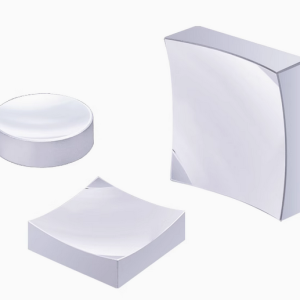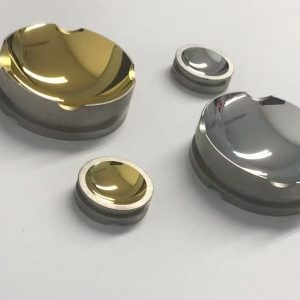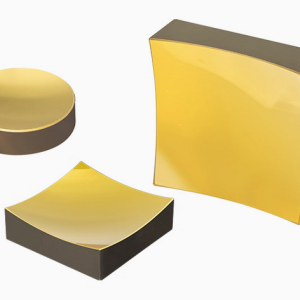Dielectric Coated Plano Concave Mirrors
The dielectric coated plano-concave spherical reflector has a reflective surface that is a part of the sphere. Parallel incident light rays can converge to a point after being reflected by the sphere, and have a positive focal length. The focal length of the plano-concave spherical reflector is half the radius of curvature of the sphere.
We provide reflectors that are uncoated and coated with reflective films. The reflective film options include ordinary reinforced aluminum film, protective UV reflective aluminum film, protective silver film, protective gold film, dielectric high reflective film D01, dielectric high reflective film D02, dielectric high reflective film D03, and dielectric high reflective film D04.
Dielectric Plano Concave Reflector Mirror Types
Dielectric reflectors are usually sensitive to the incident angle. If not specified, the default incident angle of dielectric reflectors is 45°. Dielectric reflectors are usually divided into:
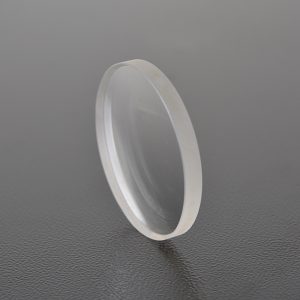
Broadband Reflect Mirrors
Ultraviolet region: generally the bandwidth is tens to 100nm; Visible light region: generally the bandwidth is one to 100-200nm;Infrared region: generally the bandwidth is 200-300nm
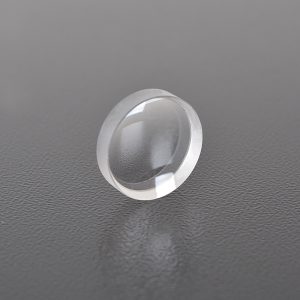
Ultra-broadband Reflect Mirrors
Ultraviolet region: generally bandwidth is more than 100nm; Visible light region: generally bandwidth is more than 300-400nm; Infrared region: generally bandwidth is more than 400-500nm
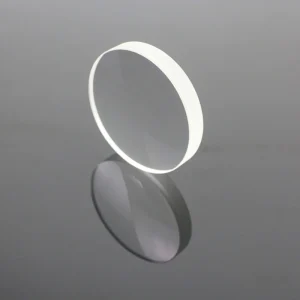
Laser Reflector Mirrors
bandwidth is generally a few nanometers to tens of nanometers
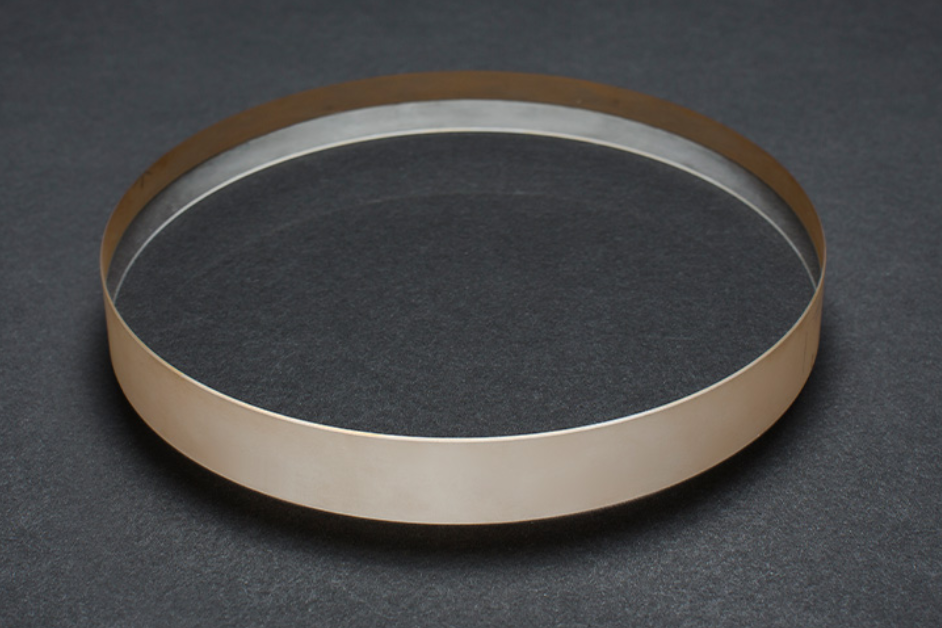
Femtosecond Laser Reflcet Mirrors
Femtosecond laser reflectors use high-quality fused quartz and other material substrates, combined with all-dielectric high-reflection femtosecond laser film layers, to provide extremely high reflection efficiency within the corresponding laser wavelength range.
The dielectric film broadband reflectors include: near-ultraviolet reflectors (UV: 185-350nm), visible light reflectors (UV: 380-700nm), and infrared reflectors (IR: 0.8-14μm).
This type of optical reflector using dielectric film has a reflectivity of over 99%, which is much higher than metal-coated reflectors and can improve system performance by minimizing energy loss. This fused quartz substrate is highly durable, provides an extremely low thermal expansion coefficient, and has high wear resistance.
Dielectric Film Mirror Processing Technical Parameters
| Processable shapes | Flat concave or according to drawings |
|---|---|
| Processable size | 3mm-800mm |
| Material | BK7, fused quartz, glass-ceramic (Zerodur), single crystal silicon, silicon carbide (SiC) |
| Surface accuracy | <λ/10@632.8nm per 25mm range |
| Surface quality | 60/40; 20/10 |
| Effective aperture | >90% |
| Bevel | Protective<0.5mmx45° |
| Coating | Dielectric HR coating on one surface, Ravg>99.5% for random polarization, AOI 0-45deg, rear surface ground or inspection polished |
| Damage threshold | >5J/cm2, 20ns, 20Hz, @1064nm or according to your requirements |
Reflector Graph Reference
Inventory Parameters With Dielectric Coated Glass Concave mirror
| Diameter (mm) | Focal length (mm) | Radius (mm) | Edge thickness (mm) | Center thickness (mm) | Coated |
|---|---|---|---|---|---|
| 12.5; 12.5*12.5 | 5-75 | 10-150 | 5.19-3.13 | 3 | D01; D02; D03; D04 |
| 25; 25*25 | 20-500 | 40-1000 | 8-6 | 6 | D01; D02; D03; D04 |
| 50; 50*50 | 50-500 | 100-1000 | 12.18-9.31 | 9 | D01; D02; D03; D04 |
| 75 | 56.25-500 | 112.5-1000 | 18.4-9.7 | 9 | D01; D02; D03; D04 |

